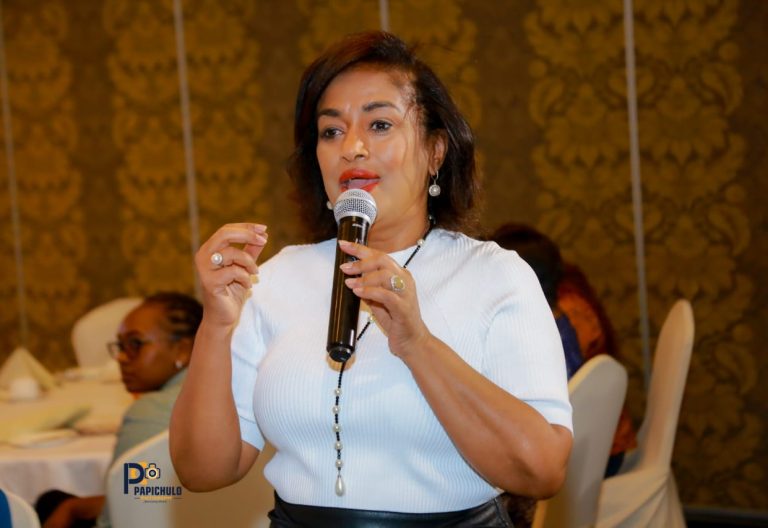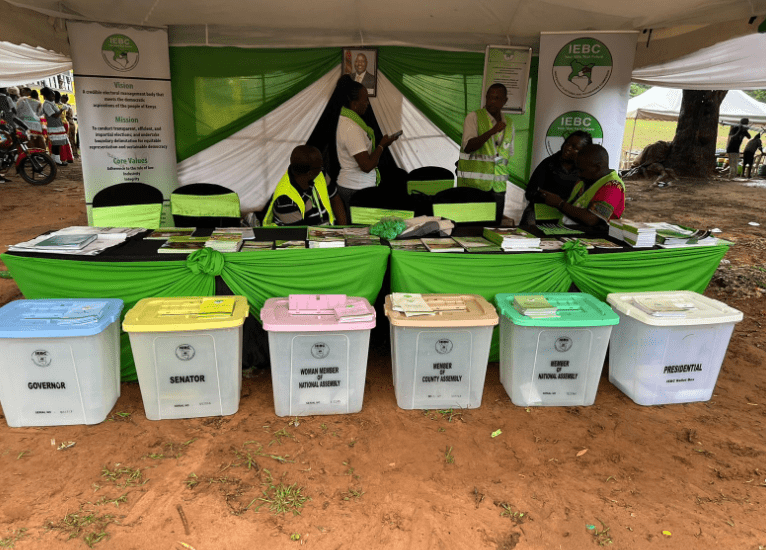What to do when your patient rights are violated

Caroline Nduku envisioned the celebratory arrival of her first child, the ordinary pain of childbirth notwithstanding.
However, a few hours after bringing baby Alvin into the world, his minuscule arm would be shrouded in a white cast.
“While bathing my newborn baby next to where I was lying, the nurse suddenly appeared disturbed, and immediately called two nurses who came and examined him. They whisked the baby away without saying a word,” recounts Caroline.
Shortly afterwards, healthcare workers at Shalom Community Hospital in Machakos County where she had a vaginal delivery came to fetch her and took her and the baby to different rooms, one of them, an X-ray room.
She says she was oblivious of what was happening given she was still reeling from the soreness of childbirth.
“I only understood my baby’s arm was broken when I saw them put a cast on him,” she painfully recalls.
The first-time mother says as the fiasco was unraveling, nobody from the hospital revealed his son had fractured an arm -neither was she told under what circumstance it happened.
The mother and baby were discharged the following day and advised to bring the child to the hospital for physiotherapy. Still, details surrounding the broken arm were not discussed.
No explanation
In a hospital discharge sheet seen by People Daily, the mother was admitted on January 9, 2023, and discharged the following day.
The report says she was admitted in latent labour (early labour) and the baby was noted to have a painful right upper limb. After an x-ray was done, it was observed that he had a fracture. The document stays clear of the events that led to the fracture.
Caroline is angered by what she claims is negligence and contempt from the health facility.
“I want to know how my child’s arm broke. I did not handle the child after birth because I was too tired,” she claims.
She also adds the hospital failed to listen to her grievances and dismissed her numerous times.
“They discharged me and told me to bring the child for therapy. When I went back for a review, they were not helpful and at some point refused to surrender the baby’s X-ray sheet,” the 22-year-old says.
During the narration, Caroline fumbles to retrieve the appropriate words to quantify the amount of pain her child endured.
“During that time when he was hurt, nobody would hold him. He only showered when he turned three months,” she narrates.
She continues, “The whole experience has made me very fearful of giving birth ever again. I was so stressed I could not produce milk for two weeks after giving birth.”
Standard procedure
Dr Mori Ogambi, a sexual reproductive health policy and programming specialist says that it is standard procedure for a child to be examined shortly after birth in the delivery room.
It is during such an examination that an anomaly is detected.
If baby Alvin’s injury occurred during delivery, it should have been flagged at this time.
The World Health Organisation (WHO) asserts this in its post-natal care guideline saying a full clinical examination should be done around one hour after birth, when the baby has had their first breastfeeding.
Either, health assessments for a newborn should start right away according to John Hopkins Medicine.
“There are instances when the mother has a difficult delivery, which is characterised by prolonged labour, or breach presentation and in such circumstance, the child may suffer a shoulder distortion,” he explains.
He, however, fails to undisputedly reconcile baby Alvin’s injury to these circumstances.
On reaching out to the hospital in June this year using the contact details provided on baby Alvin’s medical reports, the adminstrator transfered the call to a senior official at the hospital, who promised to respond to the allegations of medical negligence in Caroline’s case, but didn’t.
Further follow up to the administrator via email on July 28, has since not been reponded to.
Regardless of what happened, Dr Mori says Caroline reserves the right to information regarding the circumstance that led to her child’s fracture. “The hospital has the obligation of sharing with her timely and accurate information,” says Dr Mori.
The Health Act of 2017 Article 8, states that every health care provider shall provide information on a user’s (patient) health circumstance.
Additionally, the Kenya patient charter, which informs patients and clients of their rights and responsibilities states that patients have the right to receive full and accurate information concerning their health and healthcare.
Service dissatisfaction
Further, every patient is entitled to access and obtain information about their health.
Dr Ogambi says the general population lacks knowledge on where to present complaints of breach of healthcare standards and what they can complain about.
Examples of grievances can, include failure to treat, delayed diagnosis, dental malpractice, unethical conduct, wrong treatment, and lack of informed consent, among others.
“Dissatisfaction with services could arise from either the administration, support staff, or medical team,” he says.
According to the Kenya Medical Practitioners and Dentist Council (KMPDC), which licenses, registers, and monitors compliance of medical and dental practitioners in addition to health facilities in the country, a person who feels violated by a hospital or practitioner has a right to lodge a case with the council.
“A complainant is required to submit a dully filled and signed copy of the councils’ complaint form either in person or email, a comprehensive statement stating the chronology of events leading to the matter and any support documents,” the council says on its website.
Upon receiving the documents the Disciplinary and Ethics Committee, which handles disputes opens a case file on the matter within three working days.
Cases of medical malpractice and negligence continues to plague the healthcare sector, despite these regulations.
Early this year a Senate Health Committee found Mama Lucy Hospital culpable for the deaths of Edward Onyango and Maureen Onyango (unrelated).












